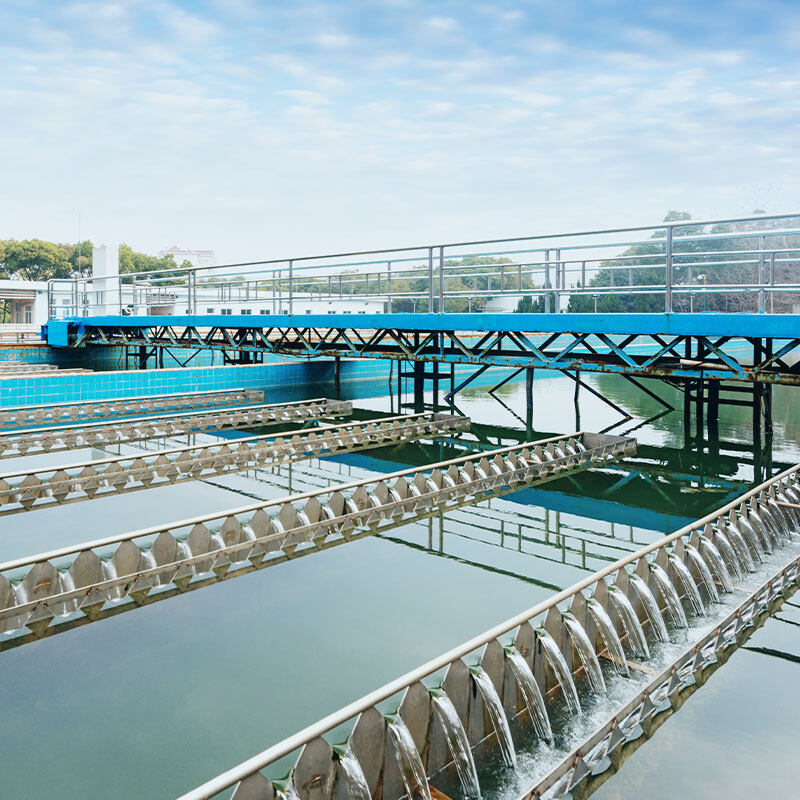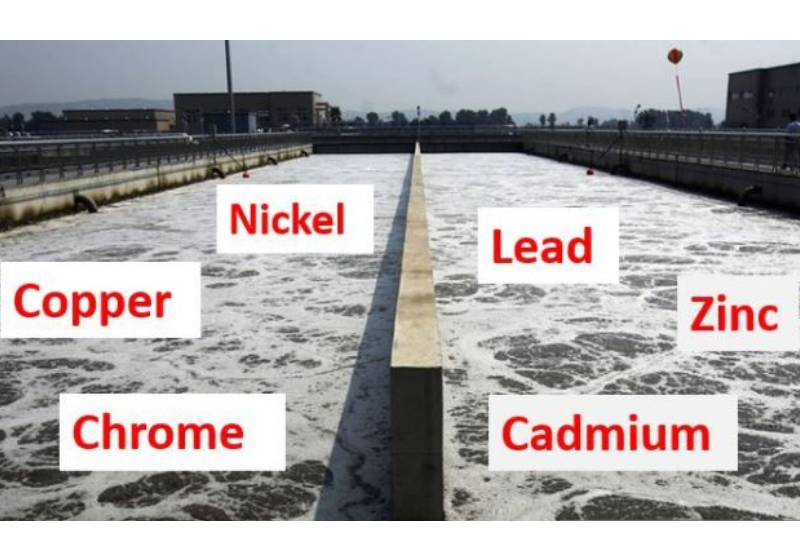How to Remove Heavy Metals from Wastewater?
Imagine sipping a glass of water, blissfully unaware that it harbors invisible threats—heavy metals. These toxic elements, such as lead, mercury, and arsenic, are the silent invaders of our water systems, lurking in wastewater and posing significant health risks. But fear not, for science has equipped us with the knowledge and tools to combat this menace. In this article, we will explore the methods of water purification and wastewater treatment that effectively remove heavy metals, safeguarding our water resources for generations to come.
The Danger Lurking Beneath
Heavy metals are not just a scientific curiosity; they are a genuine concern. They can cause severe health issues, including neurological disorders, organ damage, and even cancer. The presence of these metals in water sources is often a result of industrial processes, mining activities, and agricultural runoff. Understanding the gravity of the situation is the first step in the quest for a solution.
The Quest for Purification: Traditional Methods
The journey to purify water has been a long one. Traditional methods such as sedimentation, filtration, and chemical precipitation have been employed for centuries. These methods can effectively remove suspended solids and some heavy metals. However, as the complexity of wastewater contaminants increases, so too must our methods of treatment.
Advanced Techniques: The Vanguard of Purification
As we advance in our understanding of chemistry and environmental science, so do our techniques for water purification. Here are some of the cutting-edge methods used to remove heavy metals from wastewater:
Ion Exchange
This process involves the exchange of ions between a solid and a liquid. Resins are used to attract and hold onto heavy metal ions, effectively removing them from the water.
Reverse Osmosis
Often used in desalination, reverse osmosis can also remove heavy metals. By forcing water through a semipermeable membrane, contaminants, including heavy metals, are left behind.
Adsorption
Similar to ion exchange, adsorption uses materials like activated carbon or biochar to 'stick' heavy metals out of the water, making it cleaner.
Electrocoagulation
This method uses an electric current to coagulate contaminants, which then can be easily removed from the water. It's particularly effective for removing dissolved metals.
The Role of Nanotechnology
In recent years, nanotechnology has emerged as a powerful ally in the battle against water pollution. Nanoparticles, with their high surface area and unique properties, can be engineered to target and bind with heavy metals, making them easier to remove from wastewater.
Biological Solutions: Harnessing Nature's Power
Nature has its own way of dealing with pollutants. Certain microorganisms and plants have the ability to absorb and accumulate heavy metals, a process known as bioremediation. By harnessing these natural processes, we can develop sustainable and eco-friendly wastewater treatment solutions.
The Importance of Monitoring and Regulation
While technology and science provide us with the means to remove heavy metals, it is equally important to monitor and regulate the sources of these contaminants. Strict environmental standards and regular testing can prevent heavy metal pollution before it starts.
The Future of Water Purification
Water purification is an essential process that ensures access to clean and safe drinking water for all. As technology continues to advance, the future of water purification looks promising with innovative solutions being developed to address the growing global water crisis.
One of the key trends in water purification is the use of advanced filtration technologies such as membrane filtration, reverse osmosis, and nanotechnology. These technologies are capable of removing even the smallest contaminants from water, ensuring that it is safe for consumption.
Another emerging trend is the use of sustainable and eco-friendly water purification methods. This includes the use of natural filtration systems such as wetlands and biofilters, as well as the development of energy-efficient purification processes that minimize environmental impact.
Furthermore, the integration of smart technology and artificial intelligence in water purification systems is revolutionizing the way water is treated and monitored. These technologies enable real-time monitoring of water quality, predictive maintenance of purification systems, and optimization of water treatment processes.
Overall, the future of water purification is focused on developing efficient, sustainable, and cost-effective solutions to ensure access to clean and safe drinking water for all. By harnessing the power of technology and innovation, we can address the challenges of water scarcity and contamination, and create a more sustainable future for generations to come.
Conclusion: Clear Waters, Brighter Future
The removal of heavy metals from wastewater is a complex challenge that requires a multifaceted approach. By combining traditional methods with advanced technologies, biological solutions, and stringent regulations, we can ensure that our water remains clean and safe. The future may hold more surprises, but with continued research and innovation in the field of water purification, we can look forward to a brighter and healthier tomorrow.




